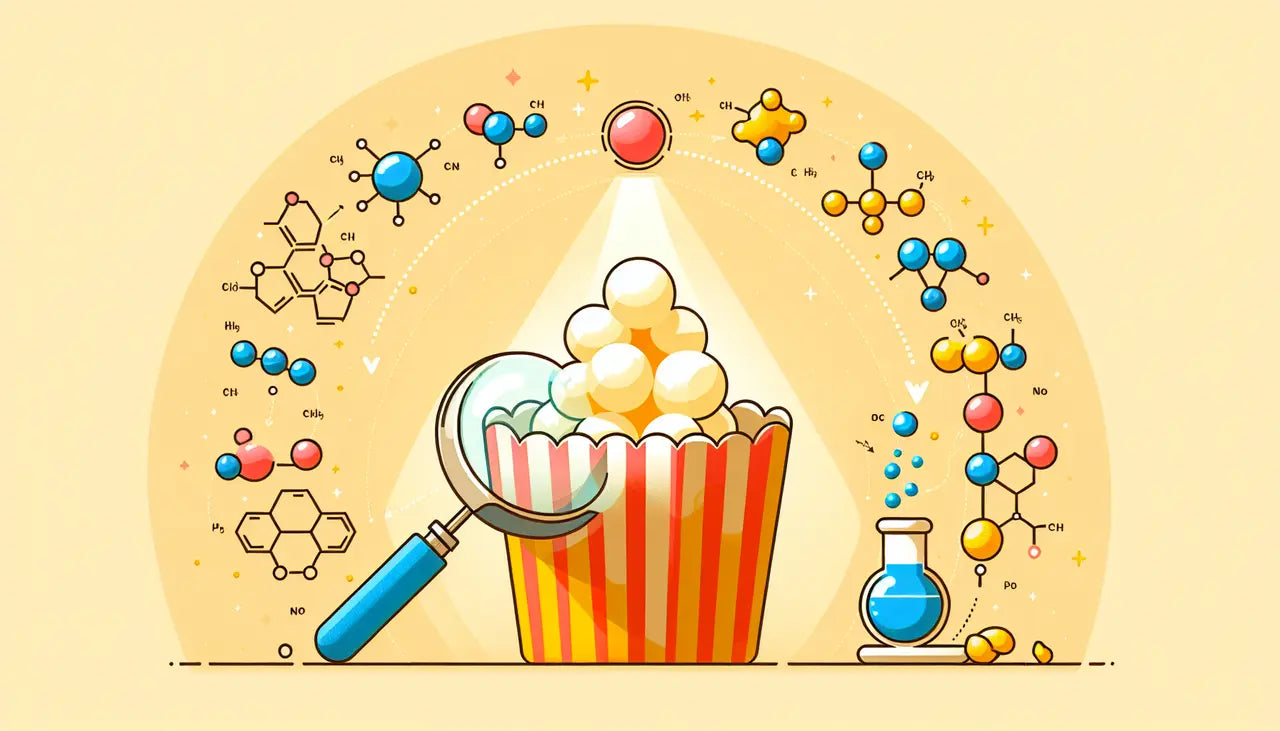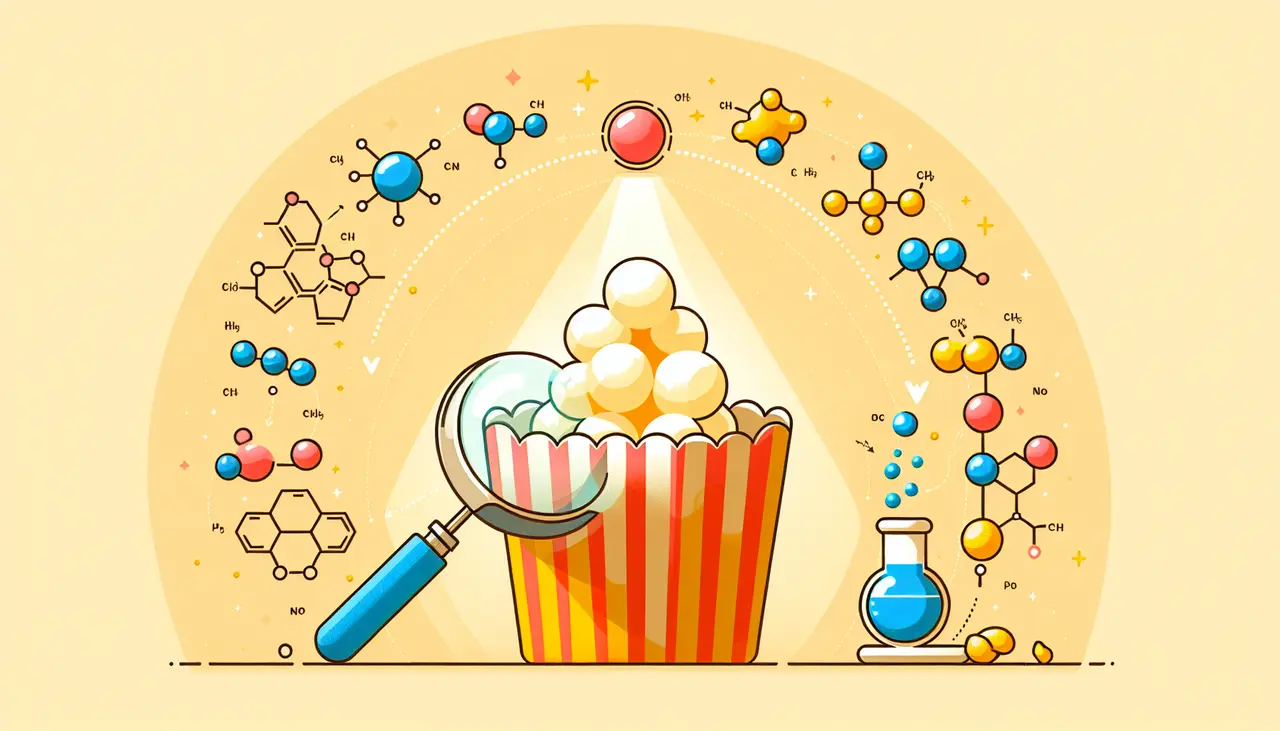Ever wonder what makes popcorn kernels transform from tiny, hard seeds into fluffy, white snacks? It’s not magic—it’s science. This fascinating journey from kernel to popcorn involves a bit of physics, chemistry, and the unique structure of popcorn itself. Dive in to uncover the secrets behind this beloved snack.
The Anatomy of Popcorn Kernels
Popcorn kernels are not just any corn; they belong to a special variety called Zea mays everta. Unique among thousands of corn types, these kernels have a hard outer shell, known as the pericarp, which encases the germ and the endosperm. The latter contains starch and a small amount of water, crucial for the popping process. Unlike other corn types that might crackle or expand when heated, popcorn kernels are engineered by nature to explode.
Within the rigid confines of the kernel’s pericarp, water is trapped. As the kernel heats up, this water turns into steam, increasing internal pressure. However, the kernel’s structure is such that it does not immediately rupture; instead, it withstands a substantial amount of force, allowing the internal steam pressure to dramatically escalate.
The Role of Moisture and Pressure in Popping
The secret behind a kernel’s explosion lies in the balance of moisture and pressure. Typically, popcorn kernels contain a moisture level of about 14% within their starchy interior, which is pivotal. When heated, the moisture turns to steam, and pressure builds to about 135 PSI (pounds per square inch) before the pericarp finally bursts. The sudden pressure drop causes the starchy insides to expand and cool rapidly, forming the popcorn’s characteristic shape.
Heating methods can vary from stovetop pans to air poppers and microwaves, but the underlying science remains the same. The efficiency of heat transfer and the uniformity of heating can influence the pop ratio, the texture, and the flavor of the final product. Mastering the perfect pop involves controlling these elements to achieve the right balance of moisture evaporation and pressure buildup.
Why Do Some Kernels Not Pop?
Not all popcorn kernels pop, leaving us with the inevitable ‘old maids’ at the bottom of the bowl. The reason often lies in the integrity of the kernel’s pericarp. If the shell has even a tiny crack, moisture can escape during heating, preventing the pressure build-up necessary for popping. Additionally, kernels with too low moisture content won’t have enough steam to create the pressure needed, and thus remain unpopped.
The age of popcorn kernels also plays a role. Over time, the natural moisture content decreases, which is why fresh popcorn tends to have fewer unpopped kernels. Proper storage in an airtight container can help preserve the moisture and extend the shelf life, maximizing the pop potential.
The Evolution of Popped Popcorn: A Historical Perspective
The practice of popping corn dates back thousands of years, with evidence found in the Americas that suggests popcorn was not only a popular snack but also used in decorations and ceremonial garb. Native Americans introduced popcorn to European settlers, who were fascinated by the process. Over the centuries, popcorn has evolved from a simple, toasted seed to a ubiquitous snack associated with movie theaters, fairs, and comfortable evenings at home.
Exploring Varieties of Popcorn Kernels and Their Popping Qualities
There are numerous varieties of popcorn kernels, each with its own unique size, shape, and color. These variations can affect the texture and flavor of the popcorn. For instance, white kernels often produce a smaller, denser popcorn, while larger yellow kernels tend to pop into bigger, fluffier pieces. Specialty varieties, such as blue, red, and black kernels, offer subtle flavor differences and add an element of fun with their unusual colors.
Ultimately, the choice of kernel variety can enhance the popcorn eating experience. Whether opting for the tender morsels of small white kernels or the robust pops of large yellow ones, the diversity among popcorn types encourages experimentation and personal preference.
The Popcorn Phenomenon
The popping of popcorn kernels is a remarkable example of nature’s ingenuity, showcasing how a simple seed can explode into a delightful snack under the right conditions. Understanding the science behind it illuminates not just a kitchen experiment, but a global phenomenon that crosses cultures and ages. So, the next time you hear the pops coming from your microwave or stove, remember the intricate dance of moisture, pressure, and heat that makes it all possible.



0 comments